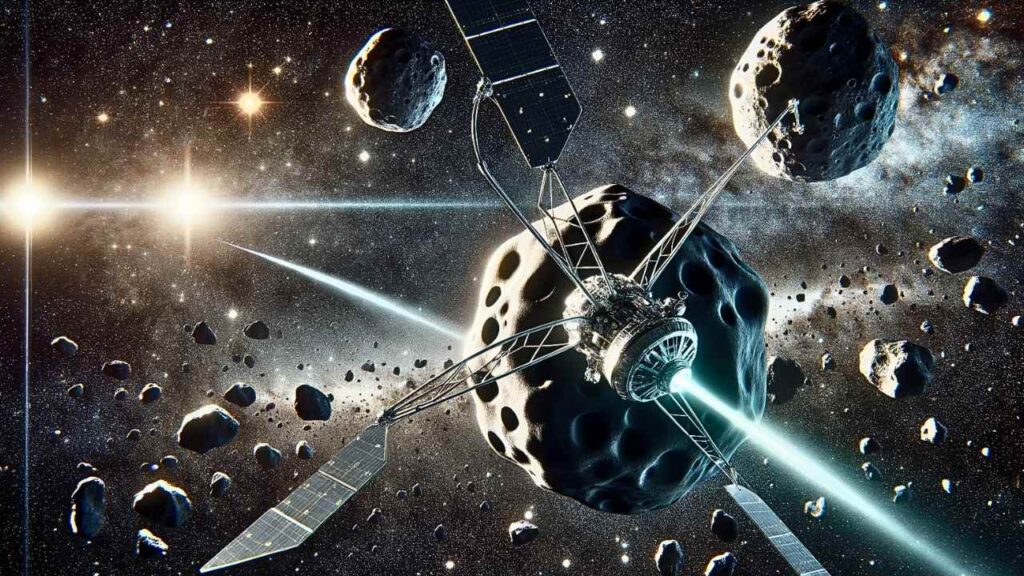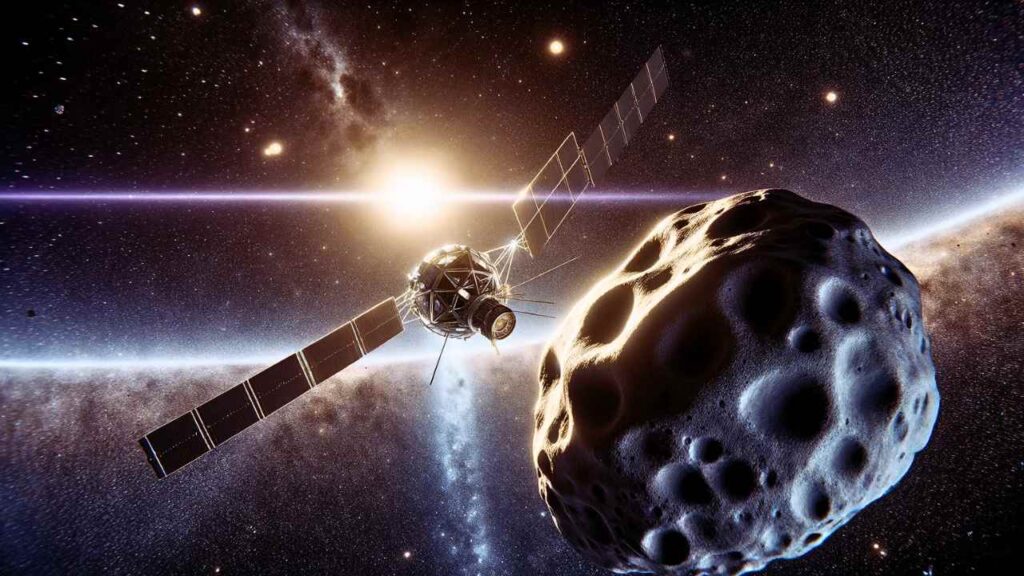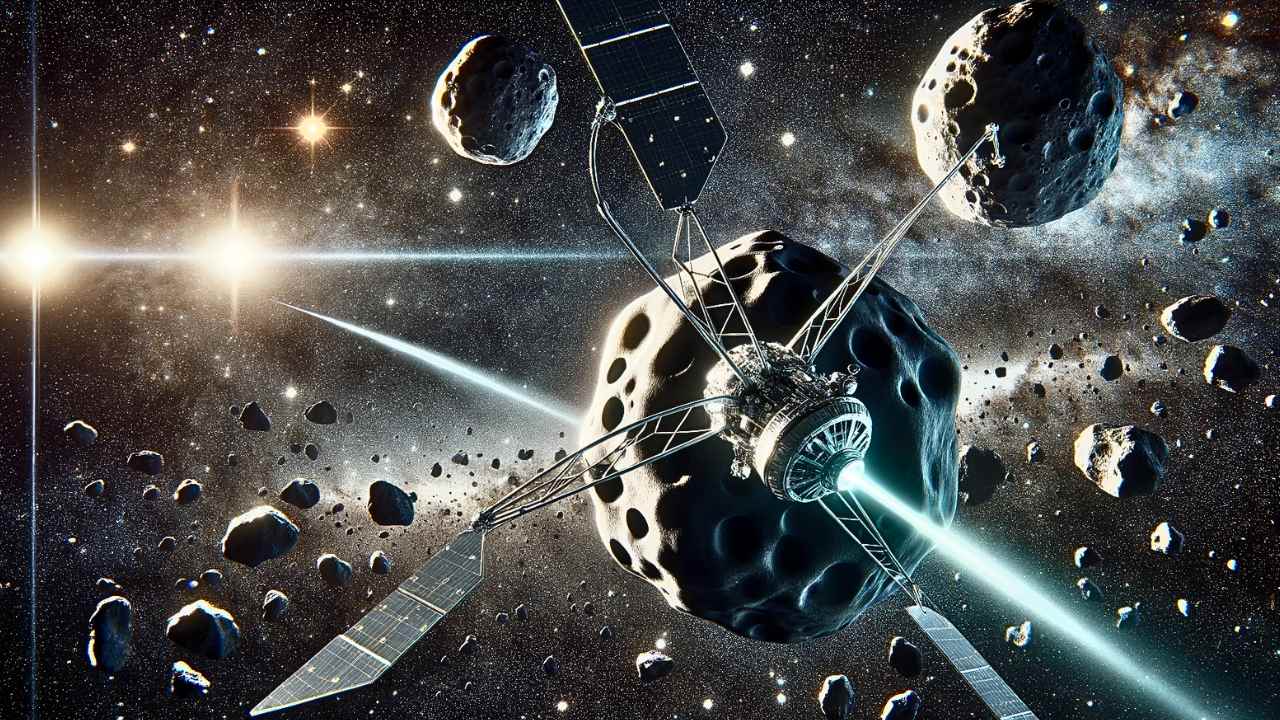“DART Mission, NASA, Asteroid Defense, Spacecraft Collision, Binary Asteroid System, Planetary Defense, Space Missions, Asteroid Redirection, Kinetic Impact Technique, Space Exploration, NASA’s Asteroid Collision Mission”
“Explore the groundbreaking results of NASA’s DART Mission, showcasing a pioneering approach to asteroid defense. Learn how the successful collision with Dimorphos paves the way for future technologies in planetary protection and opens new avenues for space exploration and asteroid mining.”

NASA’s Asteroid Collision Mission-The concept of Earth being threatened by an asteroid impact is a popular theme in science fiction and apocalyptic narratives. Despite the low likelihood of such an event leading to mass extinction, the possibility remains non-negligible.
NASA’s Dart Mission Insights
Recently, the findings from NASA’s Double Asteroid Redirection Test (DART) mission were released, offering intriguing insights into the asteroid Dimorphos’s composition and our capacity to protect Earth from potential asteroid threats. Launched in November 2021, the DART spacecraft was tasked with a direct collision with Dimorphos in September 2022, aiming to test the feasibility of kinetic deflection strategies for asteroid course correction.

The Challenge of Asteroid Missions
Asteroid missions present significant challenges, notably due to the small size and lack of significant gravity of these celestial objects, which complicates sample collection efforts. Space agencies have embarked on numerous asteroid missions in recent years, such as JAXA’s Hayabusa-2 and NASA’s Osiris-Rex, which have approached and studied asteroids Ryugu and Bennu, respectively.
Unique Approach of the Dart Mission
The DART mission distinguished itself by not aiming to collect samples but to impact Dimorphos at high velocity, intending to alter its trajectory. Dimorphos, part of a binary asteroid system with Didymus, was targeted due to its orbital relationship, allowing for a direct kinetic impact assessment.

Impact and Results
The collision, akin to an ant striking two buses given the mass disparity, resulted in Dimorphos’s orbit around Didymus slowing by 33 minutes. This outcome, a testament to the mission’s precision, signifies a shift in the asteroid’s trajectory rather than the formation of a large crater. The impact notably dislodged approximately 20 million kilograms of material from Dimorphos, affecting its momentum and illustrating the asteroid’s loosely bound, rubble-pile composition.
Implications for Asteroid Defense
The DART mission’s success sheds light on kinetic impact as a viable method for altering asteroid paths, with significant implications for planetary defense. Past events, such as the Chelyabinsk meteor and the Tunguska impact, underscore the potential threat even smaller asteroids pose. The mission’s cost-effectiveness and the strategic importance of early detection and intervention are highlighted as key factors in mitigating future asteroid threats.

Future Prospects
Looking forward, the success of the DART mission paves the way for further missions aimed at asteroid deflection and underscores the potential for asteroid mining by private entities, driven by the relative ease of extracting materials from these celestial bodies. This evolving landscape suggests a future where asteroid defense mechanisms and resource utilization go hand in hand, marking a significant stride in our relationship with the cosmos.
Other Links-
